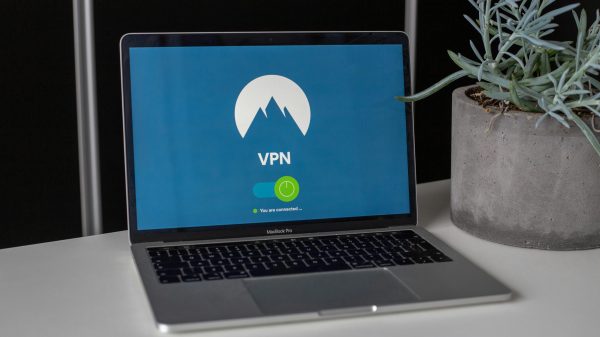Telehealth options expanded drastically during the global pandemic. Today, these options serve as the foundation for accessible health care. Patients can effortlessly connect with providers in their city or across the globe. However, these providers must comply with all telehealth regulations to continue offering these services. How are these regulations changing in 2025?

The COVID Years
When the global pandemic struck, healthcare providers were given temporary privileges to practice across state lines. They could conduct virtual appointments and receive reimbursement, as the goal was to provide care quickly and efficiently during difficult times. The need for medical staffing was great, so regulations were relaxed. Now that the pandemic is over, authorities are adopting permanent regulatory frameworks. Healthcare professionals must remain informed regarding these changes and make them an integral part of their organization’s telehealth compliance strategy.
Licensing Requirements
Licensing compliance remains a challenge for telehealth workers. Certain health professionals are permitted to practice across state lines under the Interstate Medical Licensure Compact (IMLC) and the Psychology Interjurisdictional Compact (PSYPACT), but this isn’t the case for all. States often require providers to be licensed in the state where the patient is requesting care.
Providers must learn the PSYPACT or IMLC status in their state. If they frequently work with patients in a state where they are not licensed, they should pursue licensure there. In addition, they need to monitor all compact agreements to ensure they remain in compliance.
HIPAA Compliance
Patients want their data protected, but cybersecurity threats rise with the expansion of telehealth services. The Department of Health and Human Services requires telehealth platforms to comply with all HIPAA Security and Privacy Rules. The platforms must use encryption and data protection measures, and all healthcare workers must undergo regular HIPAA training related to remote care. Providers must establish policies for data breaches and reporting that comply with HIPAA guidelines.
Reimbursement
The Centers for Medicare and Medicaid Services has issued permanent telehealth codes and payment policies. However, payers may have specific requirements, and providers seeing Medicare and Medicaid patients must adhere to unique billing regulations for telehealth visits. These visits must meet the requirements of originating sites, and providers must know their state-specific telehealth billing guidelines to confirm they are appropriately reimbursed.
Fraud and Abuse
Under federal law, telehealth visits must be conducted just as in-person visits. They must be clearly documented and adhere to all professional conduct standards. Providers cannot make any financial arrangements that could be construed as referral benefits or kickbacks relating to telehealth services.

Telehealth Documentation
Medical providers must thoroughly document all telehealth visits for compliance and billing reasons. The documents must include the reason for the telehealth visit, the time spent with the patient, and what need the medical provider addressed. Electronic health records help capture these visits precisely, but healthcare professionals must review the document requirements regularly to ensure they remain compliant. All staff must also be trained in telehealth practices to prevent documentation issues.
Healthcare organizations must take numerous other steps to comply with telehealth regulations. They must ensure telehealth platforms meet regulatory standards, prepare for audits and compliance reviews, and monitor telehealth law and regulation changes. Telehealth continues to evolve, and all healthcare organizations must keep up or face heavy fines and penalties. While these laws and regulations may appear burdensome, they are designed to ensure telehealth services are safe, compliant, and accessible. When they are, everyone benefits.


































